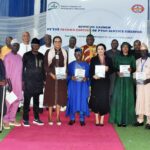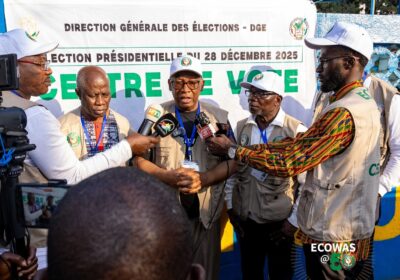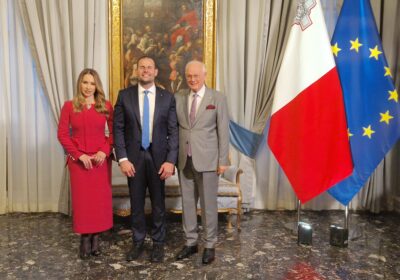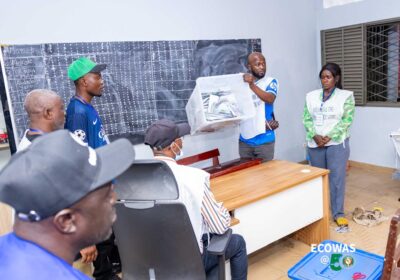From Riyadh to Resilience: How the Global Flagship Initiative Is Transforming Food Security Across Africa.
By Raymond Enoch
In a decisive step toward reshaping the future of global food systems, the Global Flagship Initiative for Food Security is rapidly gaining traction across Africa and the wider Global South. Born out of urgent calls for resilience amidst rising hunger, climate stress, and dwindling aid budgets, the initiative has become a rallying point for governments, development banks, private investors, and multilateral organizations. Launched during Agri-Food Systems Day at COP16 in Riyadh, the initiative is designed not merely to provide food, but to transform the systems that deliver it.
The scale and ambition of the Global Flagship Initiative are already turning heads. It is being coordinated with backing from over 30 global partners, including the Arab Gulf Programme for Development (AGFUND), the Arab Bank for Economic Development in Africa (BADEA), the Islamic Development Bank, the OPEC Fund, the UN Convention to Combat Desertification (UNCCD), and the Crop Trust. These institutions have come together around a common understanding: food security is no longer a matter of emergency response but a question of long-term resilience and sovereignty.
The initiative rests on three pillars: inclusive collaboration across sectors and borders, robust engagement with the private sector, and agile delivery of results on the ground. Unlike many international programs that struggle under bureaucratic weight, the Flagship Initiative emphasizes quick deployment of scalable, high-impact projects tailored to local needs. Stakeholders are encouraged to co-design interventions with communities, rather than imposing top-down solutions.
The Islamic Organization for Food Security (IOFS), representing member states of the Organisation of Islamic Cooperation, has emerged as a key player. At the initiative’s inaugural stakeholder meeting in Bonn this May, IOFS Director General Ambassador Berik Aryn outlined a vision rooted in regional solidarity and shared responsibility. He stressed the importance of lifting rural communities through sustainable agri-food systems, emphasizing that food security must be a top development priority, particularly in the Sahel, West Africa, and other vulnerable regions.
Early momentum suggests the initiative is more than aspirational. Field-level actors report increasing coherence between donor funding, government policy, and local implementation. In countries like Sudan, Niger, and Somalia, where conflict and climate shocks have devastated agricultural systems, pilot programs are being crafted to rebuild food production from the soil up. These programs prioritize climate-smart agriculture, seed resilience, and sustainable water management, often with significant participation from women and youth.
The initiative’s approach aligns with Sustainable Development Goal 2—Zero Hunger—but aims to go beyond by integrating biodiversity protection, soil restoration, and economic inclusion. Partners such as the Crop Trust are ensuring that long-term seed security is not overlooked, while development finance institutions are exploring innovative instruments to de-risk investments in fragile environments.
With global hunger impacting an estimated 757 million people in 2023, the need for coordinated, systemic solutions has never been greater. What sets the Global Flagship Initiative apart is not only its multilateral architecture, but its willingness to act fast, act locally, and act collaboratively. In an era where humanitarian needs often outpace resources, the Initiative signals a shift: from feeding the hungry to empowering communities to feed themselves—sustainably and with dignity.
The coming months will be critical. With COP17 on the horizon, stakeholders are watching closely to see whether the Flagship Initiative will continue to build momentum—and more importantly, whether it will deliver real results for the people who need them most. But from boardrooms to farms, there is cautious optimism that a new model of partnership and delivery is beginning to take root.










